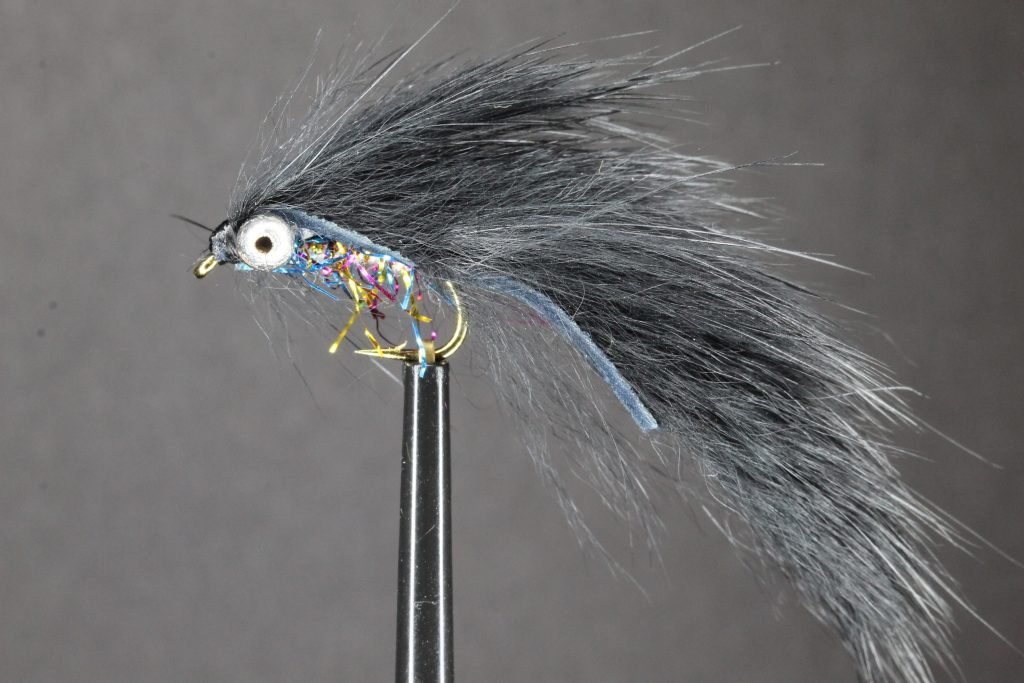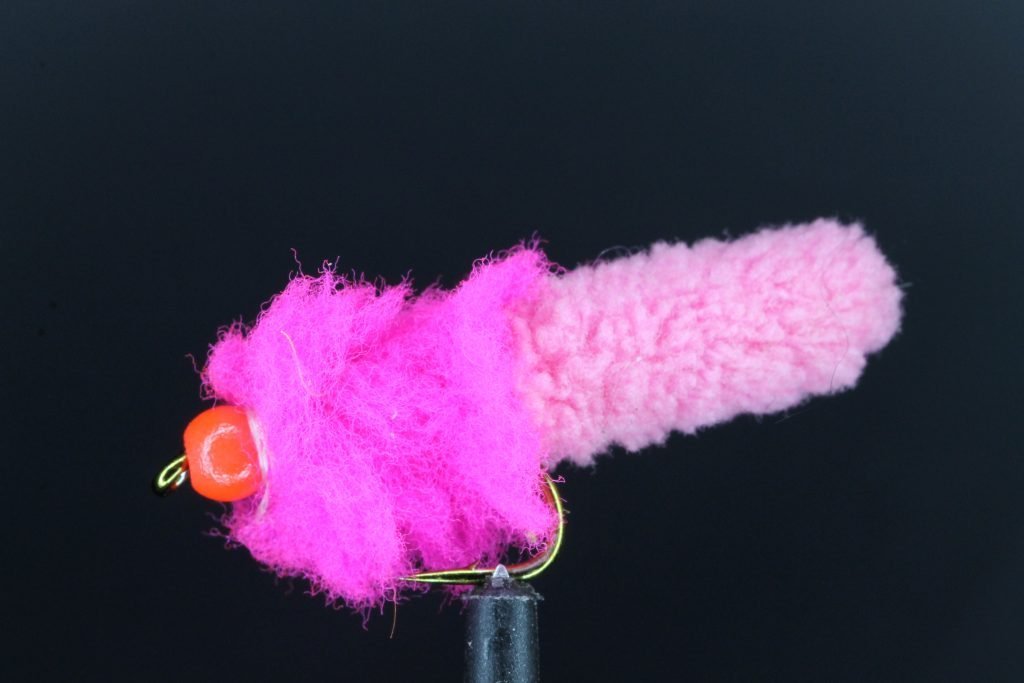Fly fishing for trout in still waters in the UK during January can be a challenging but rewarding experience.
The colder weather and shorter days mean that the fish will be less active and more difficult to catch, but with the right approach and techniques, you can still have a successful day on the water.
Time of Day
One of the key factors to consider when fly fishing in still waters during the winter months, is the time of day. The early morning and late afternoon tend to be the best times to fish, as the water will be at its warmest and the fish will be more active. It’s also a good idea to fish on sunny days, as the warmth from the sun will help to increase the water temperature and make the fish more active.
Tackle
In terms of tackle, a 5 or 6 weight fly rod is a good choice for still water trout fishing in January. You’ll also want to use a floating line and a leader of around 9-12 feet in length. For flies, attractor patterns such as hares ears, pheasant tails, and damsels can be effective, as well as nymphs such as hares ear, pheasant tail, and caddis patterns. These should be fished very slowly, as with smaller, more subtle flies you should present them in a slower, more natural manner.

Of course, Winter is an ideal time to switch to lures on an intermediate or sinking line on a 7wt or 8wt rod. Try going down the depths, either with progressively heavier weighted lines or by counting down for longer and longer after each cast before retrieval. I recently fished a small, but deep water in Nottinghamshire and a count of 40 seconds on a DI5 found the fish every time. They were certainly a long way down. In this case, a rainbow black zonker moved with a very slow figure of eight was all I needed for the line to tighten.

Another, very effective, Winter method is to employ the eponymous bung. It’s not the most traditional of methods, but a strike indicator (as it’s also known) is a small float that is attached to your leader and helps to indicate when a fish has taken your fly. Strike indicators can be especially useful during the winter months, as the fish may be less active and less likely to cause a noticeable tug on the line. Try a mop or wotsit fly (again, not traditional, but effective) on the point with a red apps on the dropper.

Finding The Fish
When it comes to finding fish, look for areas of the lake or pond with plenty of cover and structure, such as weeds, rocks, and fallen trees. These areas will provide shelter and protection for the fish and make them more likely to feed. It’s also a good idea to focus on the deeper, slower-moving areas of the water, as the fish will be more likely to hold in these areas during the colder weather.
Keep Moving, Keep Changing
It’s important to be patient and to work the water thoroughly. Try different depths, methods and areas etc. The fish will be less active in the colder water, so you may need to cover a lot of ground and change up your fly selection to find success. With a bit of persistence, you’ll find the right approach eventually.
Dress For The Weather
It is, of course, essential to dress appropriately for the colder weather. Layering is key, as you’ll want to stay warm but also have the ability to remove layers as needed if you start to get too hot. A waterproof outer layer is also important, as you never know when you might get caught in a rain shower.
By using the right techniques and tackle, dressing appropriately for the colder weather, and practicing catch and release, you can have a successful day on the water and enjoy the beauty and tranquility of fly fishing in the winter months.
